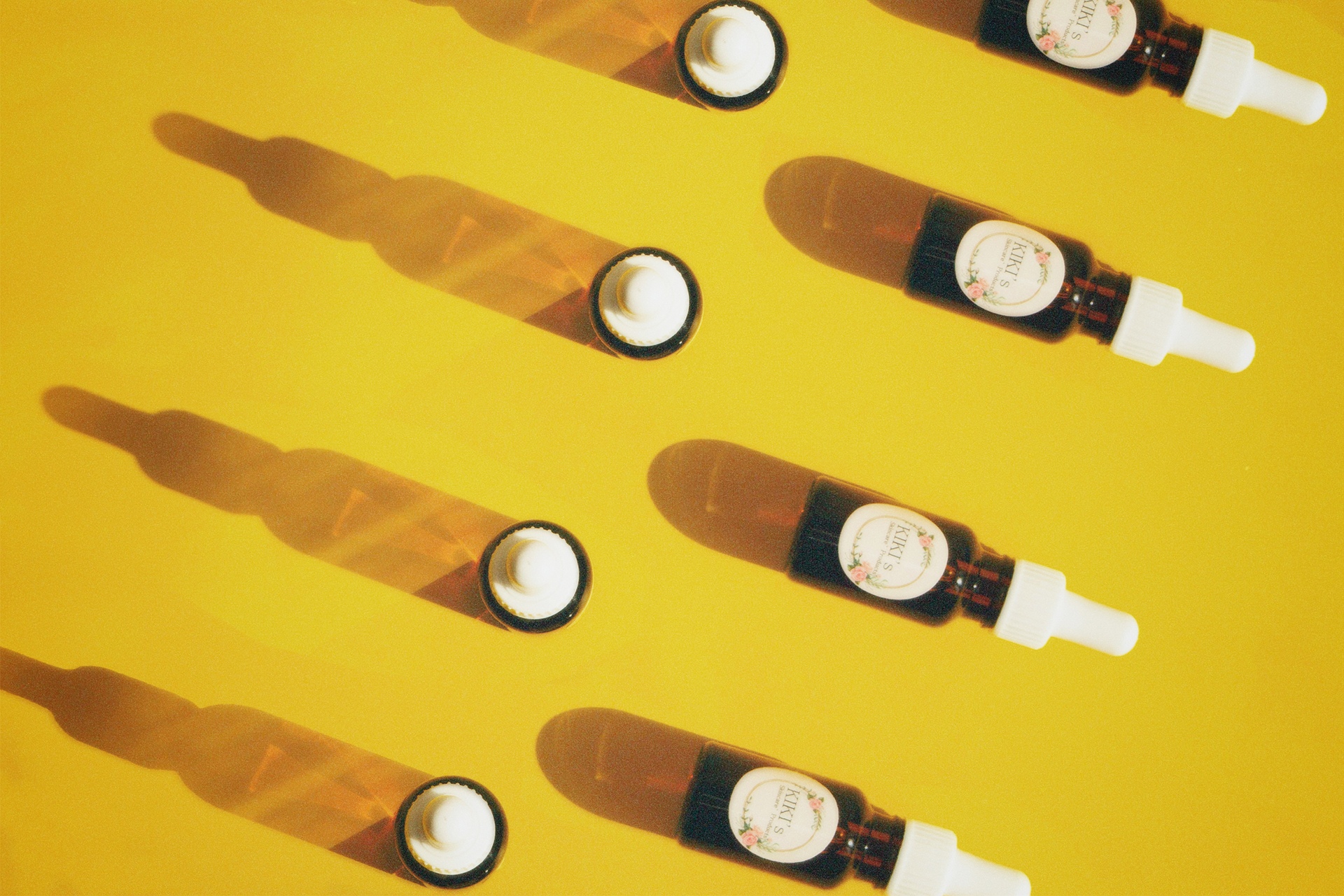Rosacea is not just a cosmetic inconvenience; it is a pervasive and chronic skin condition that significantly affects millions worldwide. Characterized by symptoms such as persistent redness, pimples, and visible blood vessels, rosacea can also profoundly impact an individual’s psychological and social life. This guide delves deep into the nature of rosacea, exploring its symptoms, triggers, and a variety of treatment options available, with a focus on creating a tailored approach that helps manage this complex condition effectively.
What Exactly is Rosacea?
Rosacea is a chronic dermatological condition primarily affecting the facial skin, though symptoms can extend beyond this area. It typically begins after age 30 and manifests as redness on the cheeks, nose, chin, or forehead. Over time, this redness may become more persistent and visible, accompanied by other symptoms such as acne-like breakouts and skin sensitivity.
This condition varies widely among individuals, which means that understanding the specific type and triggers of rosacea is crucial to effective management. Rosacea is particularly common in those with fair skin, although individuals of all skin types can be affected.
Detailed Symptoms of Rosacea
The symptoms of rosacea are diverse and can fluctuate with periods of flare-ups and remissions:
- Persistent Redness: A flush or sunburn-like appearance that does not easily fade.
- Flare-Ups: Episodes where symptoms worsen, often triggered by environmental or lifestyle factors.
- Visible Blood Vessels: Small capillaries may become visible on the surface of the skin, particularly around the nose and cheeks.
- Acne-Like Eruptions: Unlike common acne, these are typically red bumps or pustules that may sting or burn.
- Eye Irritation: In many cases, rosacea also affects the eyes, making them appear watery or bloodshot, a condition known as ocular rosacea.
Understanding these symptoms is pivotal in diagnosing rosacea effectively, as it often mimics or occurs alongside other skin conditions like acne or dermatitis.
Common Triggers of Rosacea
Identifying and avoiding personal triggers can dramatically reduce the frequency and intensity of flare-ups. Common triggers include:
- Environmental: Sun exposure, high winds, and extreme temperatures can all exacerbate rosacea symptoms.
- Dietary: Spicy foods, hot drinks, and alcohol are known to cause flare-ups in many individuals.
- Emotional: Stress and anxiety can also trigger rosacea, making stress management a key component of treatment.
- Skin Care Products: Certain skincare products, especially those containing alcohol, witch hazel, fragrance, and other irritants can worsen symptoms.
Keeping a detailed diary of your daily activities and how they affect your rosacea can help identify specific triggers.
Effective Treatment Strategies for Rosacea
While there is no cure for rosacea, the condition can be managed effectively with a combination of medical treatments and lifestyle adjustments:
- Topical Treatments: These include metronidazole, azelaic acid, and ivermectin, which help reduce inflammation and redness.
- Oral Medications: For more severe cases, doctors may prescribe oral antibiotics like doxycycline or amoxicillin to reduce inflammation and clear up acne-like bumps.
- Laser Therapy: Laser treatments can be effective in reducing visible blood vessels and persistent redness. Different types of lasers are used depending on the specific symptoms and skin type.
- Lifestyle Modifications: Avoiding known triggers, protecting the skin from sun exposure with SPF 30 or higher, and using gentle skin care products can all help manage symptoms.
Skincare Recommendations for Rosacea
The right skincare routine is crucial in managing rosacea. Key recommendations include:
- Gentle Cleansing: Use a mild, non-abrasive cleanser and lukewarm water to avoid irritation.
- Protective Moisturizing: Moisturizers should be oil-free, fragrance-free, and designed for sensitive skin to help strengthen the skin’s barrier.
- Sun Protection: A daily, broad-spectrum sunscreen is essential to protect against UV rays which can exacerbate symptoms.
- Avoid Irritants: Alcohol-based products, harsh exfoliants, and any skincare products that cause a burning or stinging sensation should be avoided.
Recommended Products for Rosacea
Choosing the right products is vital for those with rosacea. Dermatologist-recommended products include:
- Cetaphil Redness Relieving Daily Facial Moisturizer: This product offers gentle moisturization and SPF 20, making it suitable for sensitive skin prone to redness.
- La Roche-Posay Rosaliac AR Intense: This serum is specifically formulated to reduce facial redness and improve skin comfort.
- Eucerin Redness Relief Night Creme: Designed to soothe red and irritated skin overnight, this cream supports skin recovery and moisture replenishment.
Professional Consultation and Treatment
If you suspect you have rosacea, consult with a dermatologist for a proper diagnosis and tailored treatment plan. Professional guidance is crucial, as they can offer advanced treatment options such as prescription medications and laser therapy, which can significantly improve the quality of life for those with rosacea.
Conclusion
Rosacea is a manageable condition with the right approach, which includes understanding its triggers, symptoms, and effective treatments. With advancements in dermatological treatments and a better understanding of the condition, individuals suffering from rosacea can achieve substantial relief and lead a normal, active life without the burden of their symptoms.



